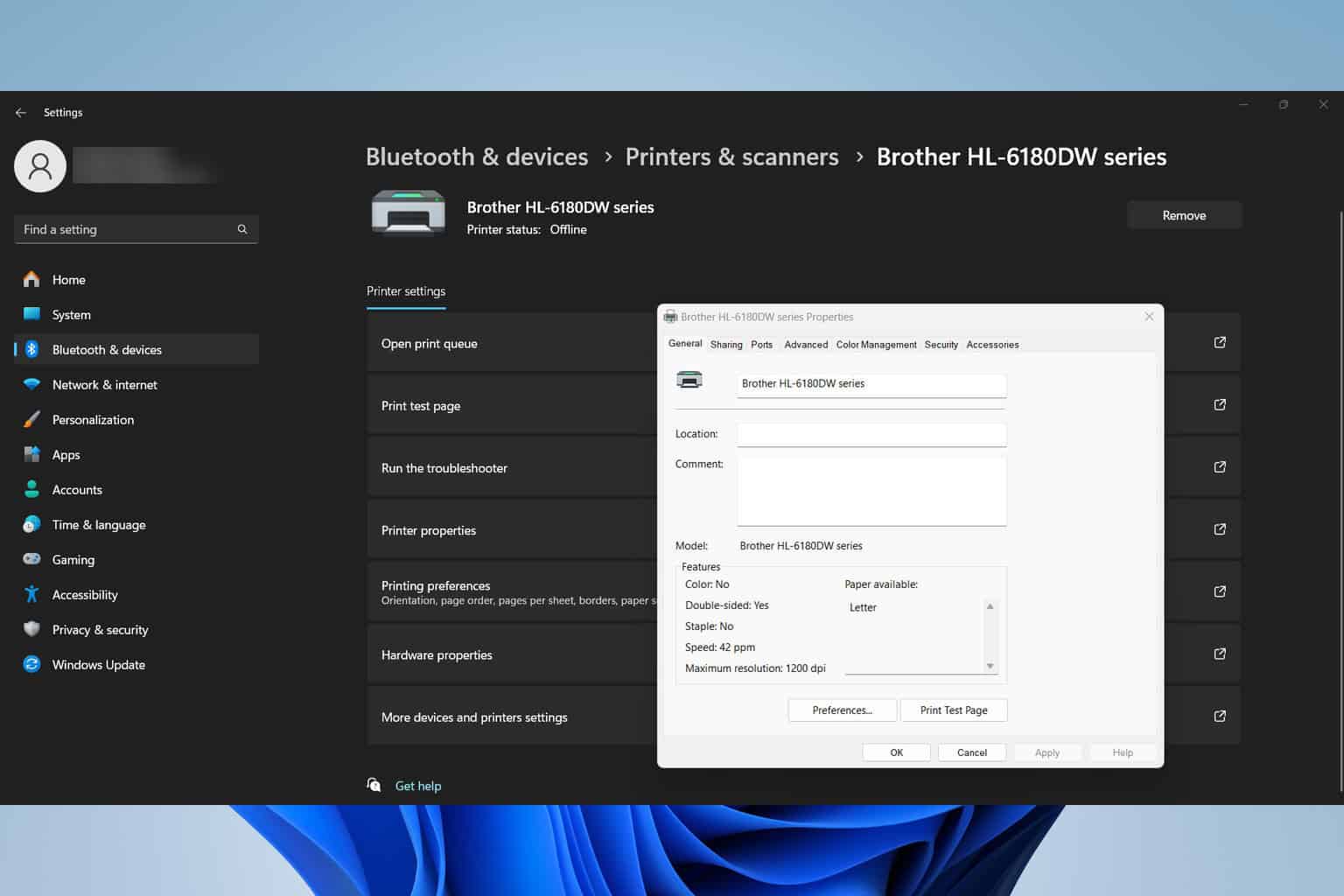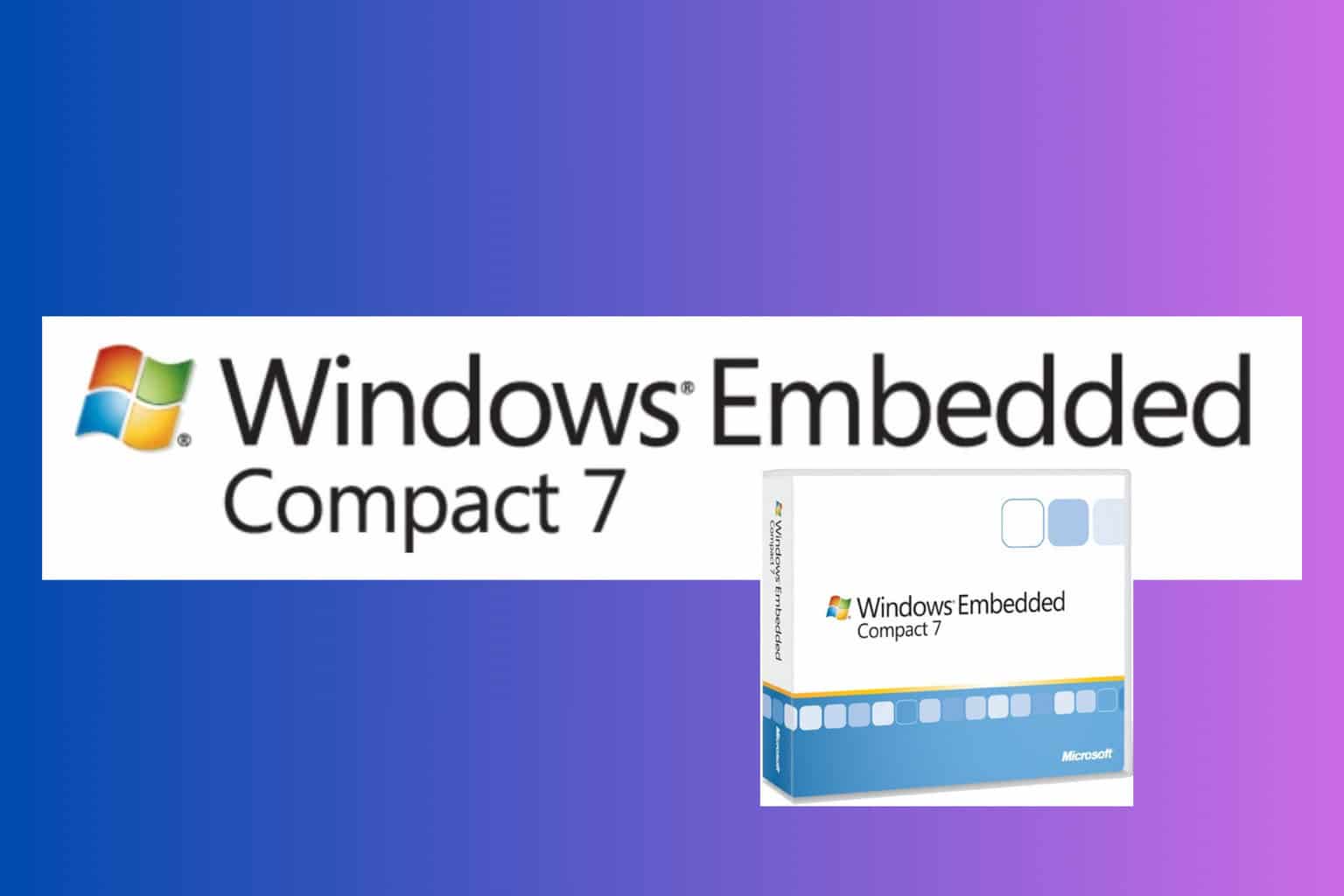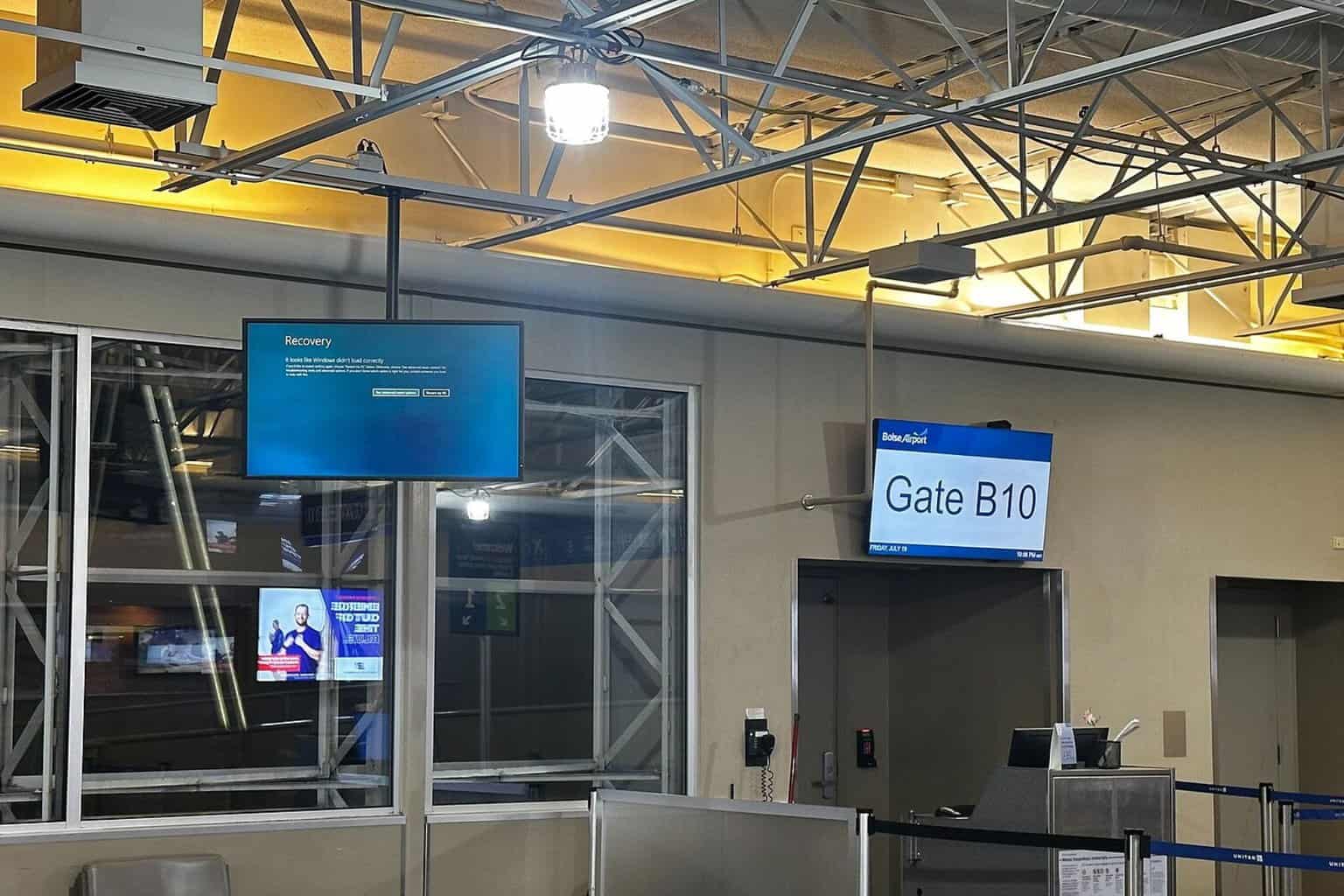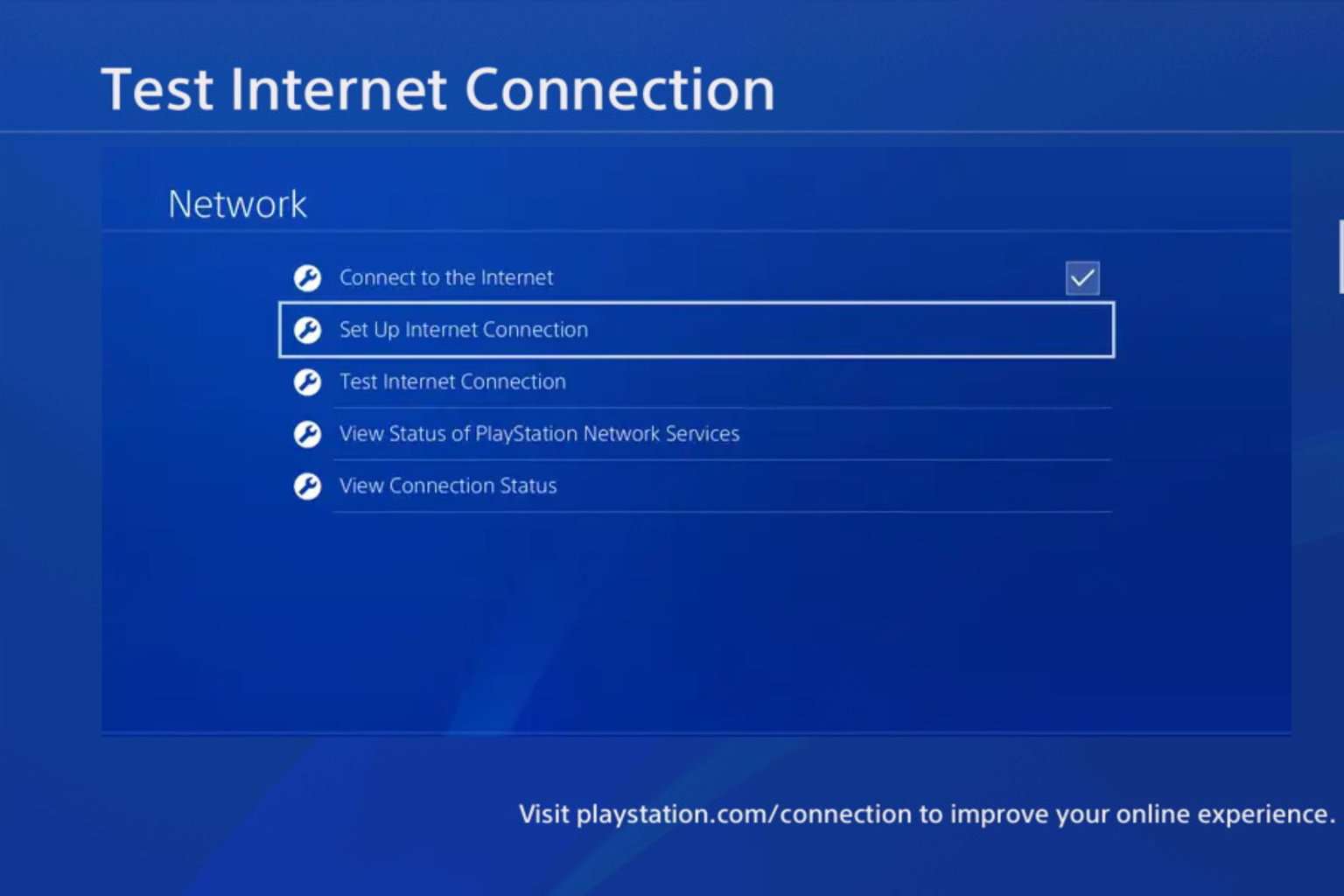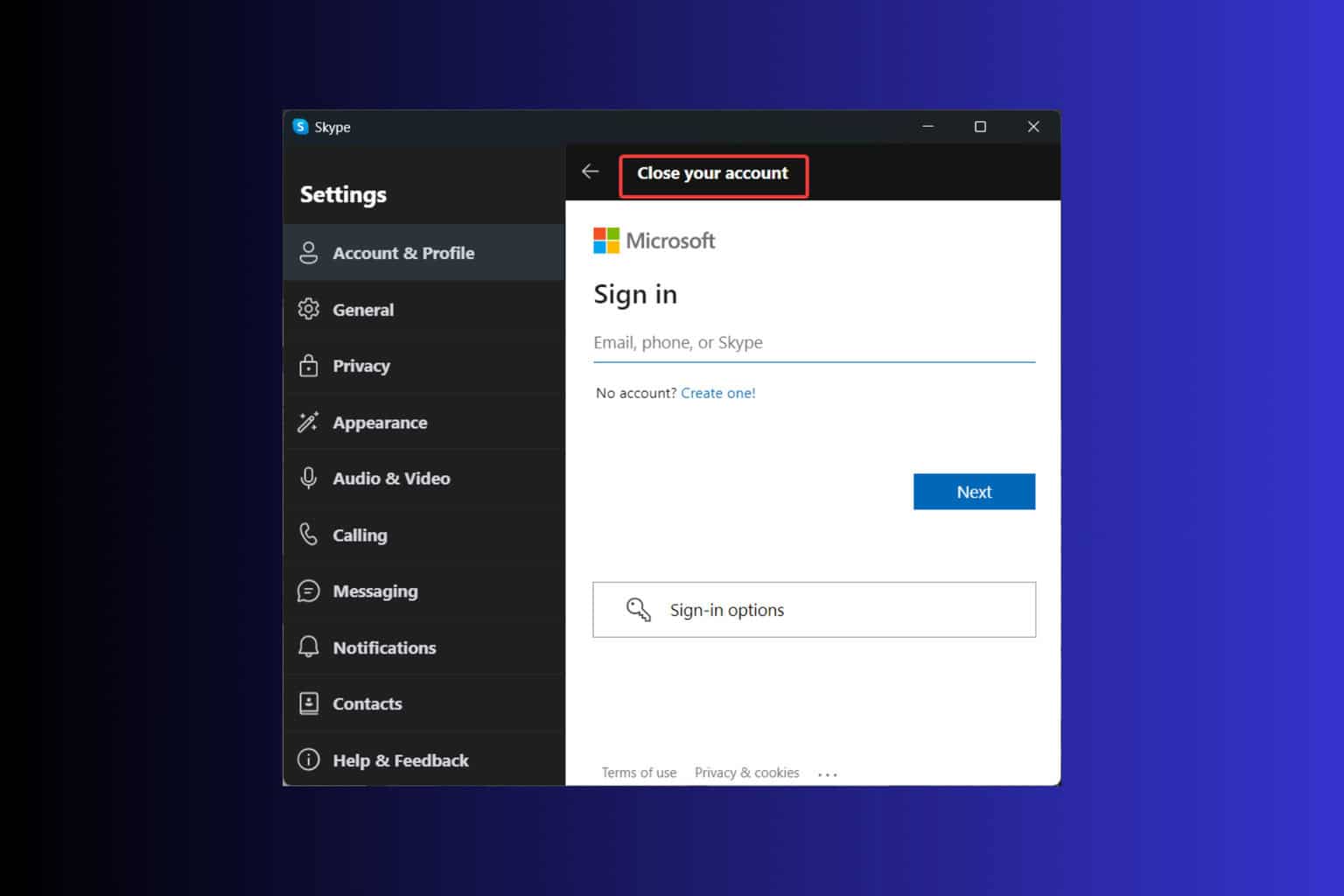Finally! The Windows Server 2022 Is Out
3 min. read
Updated on
Read our disclosure page to find out how can you help Windows Report sustain the editorial team Read more
Key notes
- There are three variants to the edition; Standard, Datacenter, and Datacenter: Azure Edition.
- They will only be here for a decade, with an expected end date in October 2031.
- The most interesting features are said to have debuted in the Azure edition.

As of August 18, 2021, the Windows Server 2022 has officially been released. It is expected to run a ten-year course, but the primary end date is October 13, 2026, and the extended end date is October 14, 2031.
If you have been following this news closely, you are well aware that the Microsoft server has been facing attacks and exposed to vulnerabilities in the recent past, and this news comes as a relief. For those who are new, here is a detailed description of the product:
Windows Server houses applications, networks, and web services among other infrastructure. By connecting with Azure, it adds extra layers of protection all the while incorporating modern technology to your applications and makes work easier.
What’s New?
In simpler terms, these new features are expected to offer advanced multi-layer security. Azure is expected to benefit the most from these hybrid capabilities. The release will protect hardware and firmware. In addition, threats previously reported security threats are expected to be addressed with this new server.
With Windows Server 2022, Microsoft is touting a bunch of enhancements and features. At the forefront is advanced multi-layered security via secured connectivity and Secured-core server.
The former is focused on providing more security during transport through enhanced encrypted HTTPS and AES-256 encryption with support for the server message block (SMB) protocol.
Meanwhile, Secured-core server enables IT teams to utilize security measures applied by Microsoft’s hardware partners across a variety of hardware, firmware, and virtualization layers.
The second advantage of Windows Server 2022 is the ability to connect the on-premises SKU with Azure using Azure Arc.
Windows Admin Center now supports server management capabilities for Azure-connected use-cases too. Furthermore, SMB compression can be leveraged to compress a file while it is in transit over the network.
It’s also important to note that Windows Server 2022 will be the next Long-Term Servicing Channel (LTSC) release for server customers.
Unlike with the Windows 10-inspired release schedule, there will no longer be any semi-annual updates to the server OS.
The tech giant will release a new version of the OS once in two to three years, which will be LTSC releases – that the firm calls the one primary release channel.
Additionally, these releases, unlike client LTSC versions, will receive 10 years of support that includes five years of mainstream support, followed by five years of extended support.
You can check out the dedicated page to find out about the pricing details of Windows Server 2022.
Microsoft has been releasing patches in batches to address the vulnerabilities reported, but it seems attackers are getting craftier by discovering loopholes with each update. A detailed list of patches released in the previous month can be found here.
Have you gotten around to previewing the Windows Server 2022? Share what you think about the features in the comment section below.

